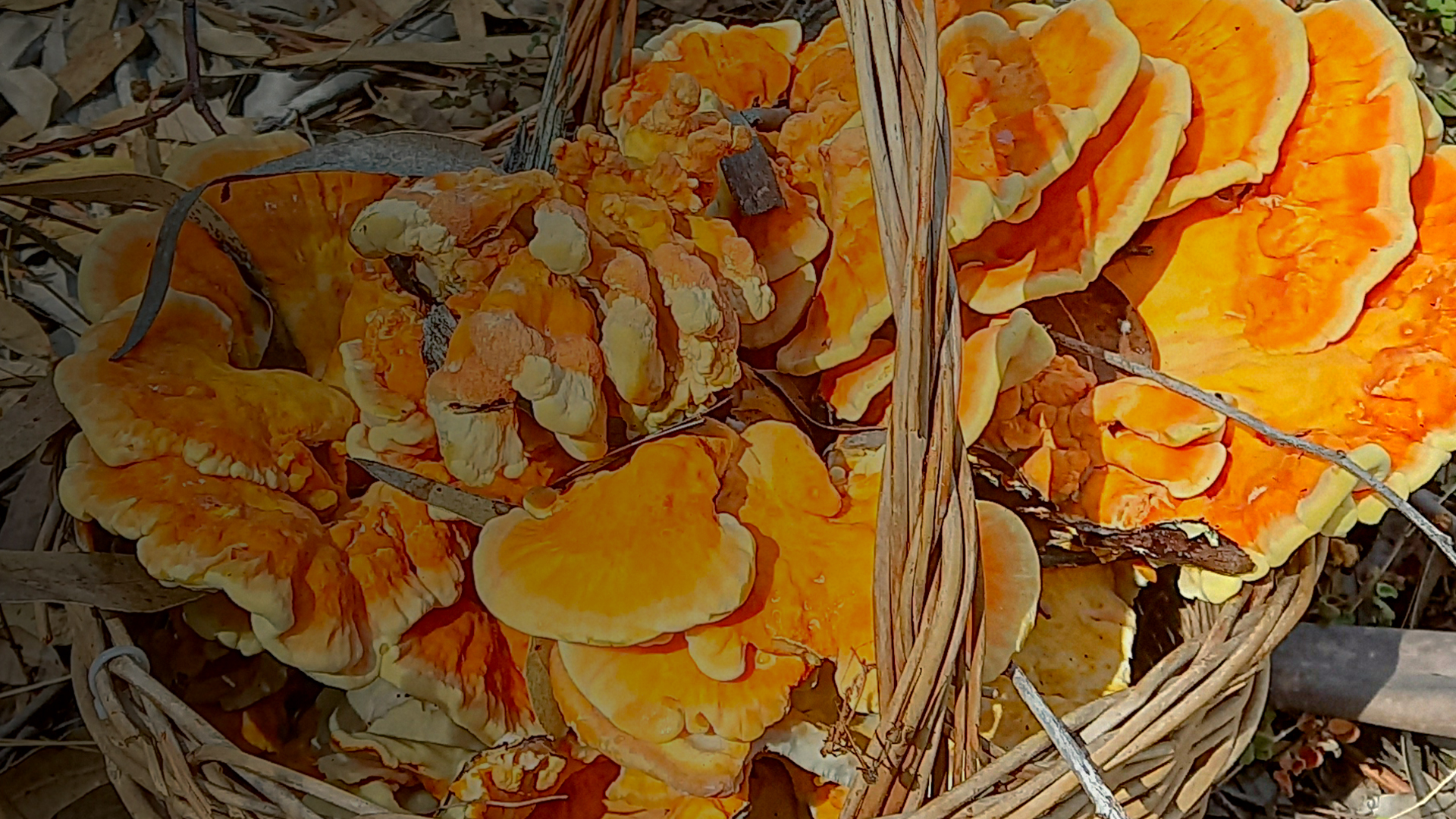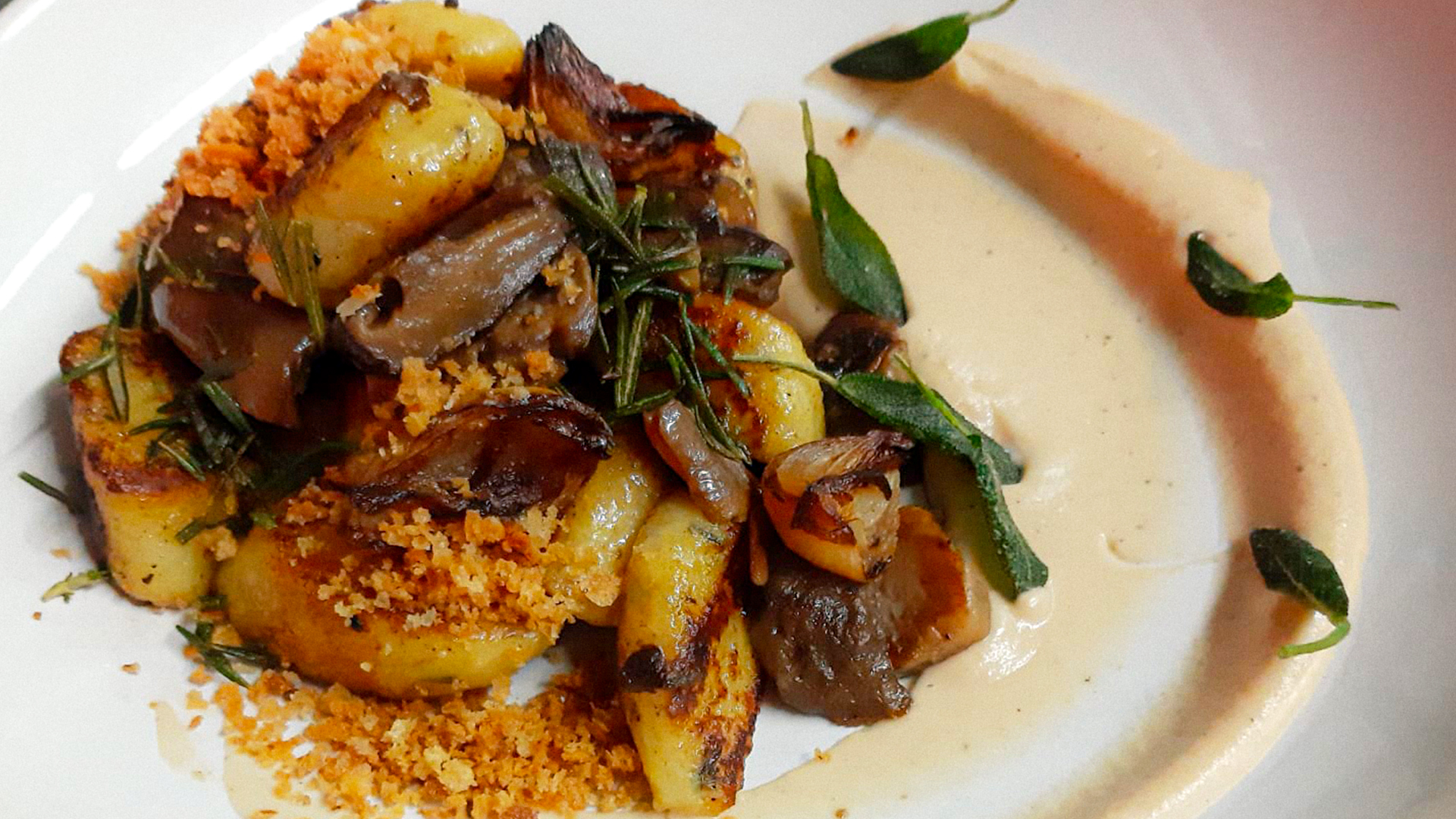Delicious delicacies that include ingredients like mushrooms may not be anything new, but a restaurant with a full menu – yes, you read that right – dedicated to fungi, praising their characteristics and freshness, may surprise some diners. Biodiversidade spoke to chef Luigi Pintarelli about mycological gastronomy and his project, the restaurant Santa Clara dos Cogumelos (Saint Claire of Mushrooms).
Have you heard of the concept of mycological gastronomy? Located inside the Santa Clara Market, in the heart of the capital, Santa Clara dos Cogumelos restaurant is the “mushroom temple in Lisbon” and the name of the place says it all: do not enter if you are not ready to taste a number of dishes consecrated to the tasty fungi. Mushrooms hide many secrets, the Italian chef Luigi Pintarelli tells us. He picks them up himself and transforms them into the surprising flavours on the plate.
Good ideas often come when you least expect: in 2013, at the height of Portugal’s economic crisis, Luigi decided to change his life and combine two of his passions, cooking and mycology. A project was thus born which “was certainly not in fashion” at the time, he recalls. And can it change the mind of a “mycophobic country”? “In the beginning, our customers were only Lisbonners. Tourists and foreign mycophiles came later”, he explains, stating that “the originality of the proposal and the resulting curiosity did help, as there were not many new gastronomic proposals in Lisbon”.
The decision to venture into this very specific area, which he now considers to have been rather naïf in the beginning, has borne fruit and allowed Luigi to do what he likes most in the process: picking mushrooms. “In addition to the contact with nature and forests, there is something ‘magical‘ about the experience,” he tells enthusiastically. This is something he has loved since he was a child, when he learned to identify the first species of fungi. Since then, he has been wanting to know more, to deepen his knowledge and his relationship with nature, because “experience in this field is fundamental to know the habitats and to interpret the many factors that determine the fructification of mushrooms.”
Let’s get back to the table. Some restaurants now include some mushroom species in their menus but not the entire menu, whereas at Santa Clara dos Mushrooms restaurant you can find all kinds of mushrooms, from the best known to many others, different and new to the palate. Of all the dishes being served – the Santa Clara risotto, with dehydrated Boletus edulis and Cratellus cornucopioides (the trumpets of death), to humus with Lactarius deliciosus and pomegranate molasses, to the mixture of more than 15 wild species (among them Russula, Amanita, Calocybe, Armillaria, Cantharellus, Boletus) with creamy polenta, Parmesan and chestnuts – Luigi highlights a “more rustic and less gourmet option: a slow stew of many different ‘minor’ species. Even after hours of cooking, the different textures can be felt and you can sense and identify the different species”.





